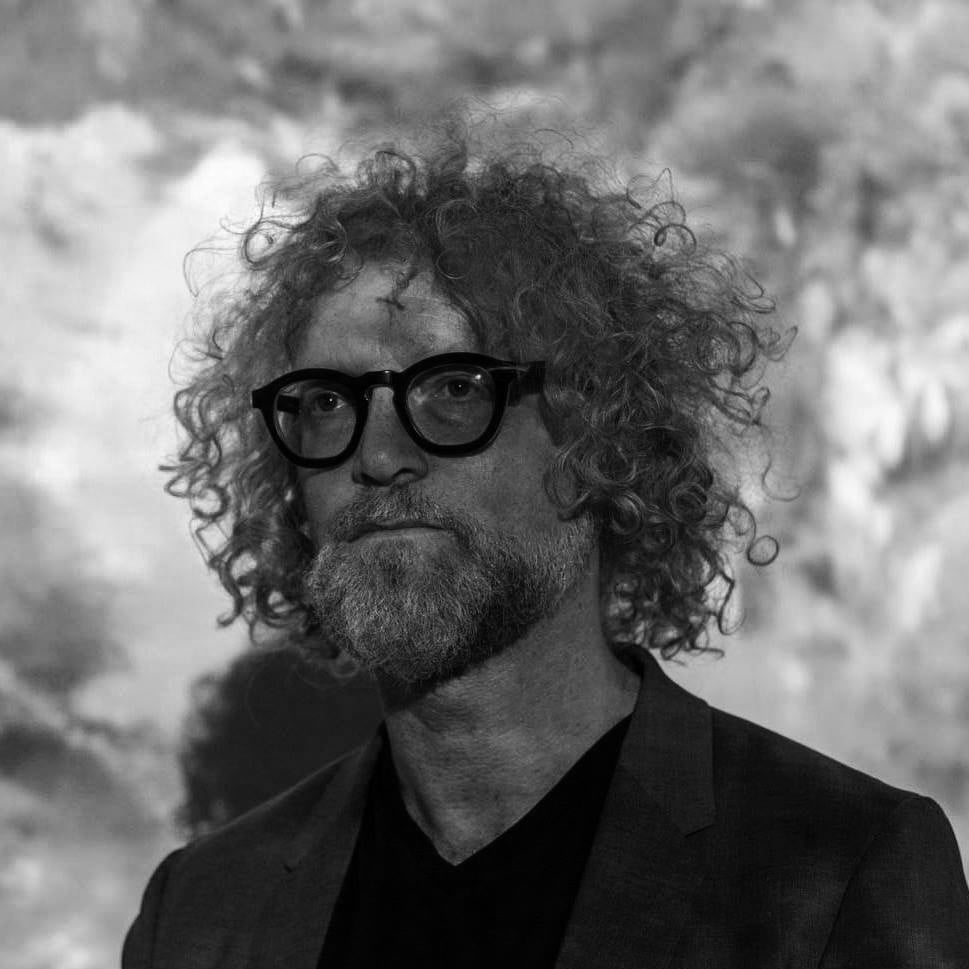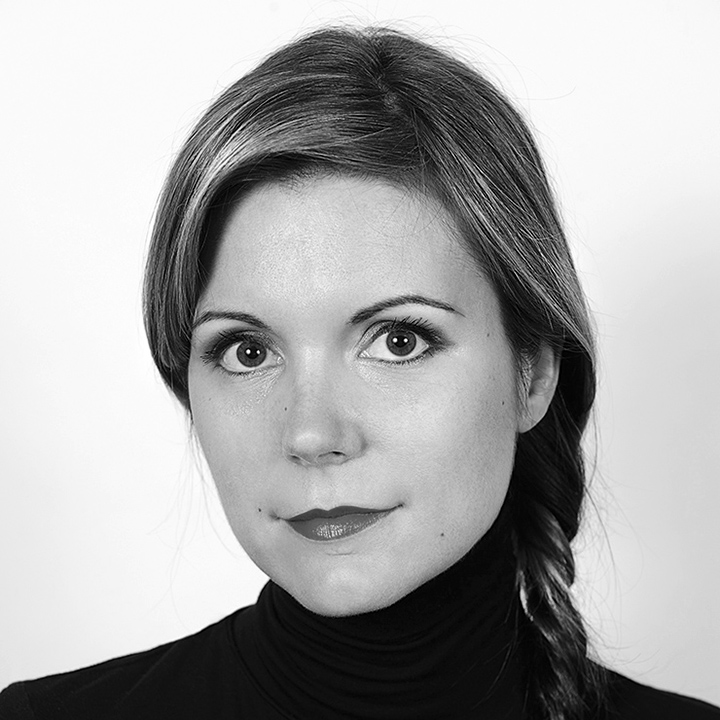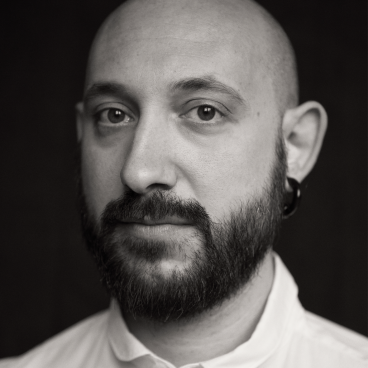Moving Abstractions No. 1
Curated Artcast
Curated by Steven Sacks
For this curation I focused on abstraction in the moving image. I have selected 2 artists, Quayola and Sara Ludy. Each artist presents new modes of abstraction using the latest technologies merged with traditional sensibilities. As with any abstract art, you the viewer will be the interpreter of the visual experience, with each viewing delivering a fresh perspective on the artist’s intentions.Niio is the premium discovery and display platform for curated video and new media art, experienced across private and public spaces. The curatorial program features limited-edition media art collections from leading archives, galleries and artists.
Contact Art Advisor

Steven Sacks
Founder/Director bitforms gallery
Steven Sacks is the founder and director of bitforms gallery, considered one of the leading galleries in the world focusing on new media. Founded in 2001, the gallery represents established, mid-career, and emerging artists critically engaged with new technologies. Spanning the rich history of media art through its current developments, the gallery’s program offers an incisive perspective on the fields of digital, internet, time-based, and new media art forms. Supporting and advocating for the collection of ephemeral, time-based, and digital art works since its founding, bitforms gallery artists are in the collections of the Museum of Modern Art, New York; Tate Modern, London; the Solomon R. Guggenheim Museum, New York; the Smithsonian American Art Museum, Washington, D.C.; the National Portrait Gallery, Washington, D.C.; Center for Art and Media (ZKM), Karlsruhe; Centre Pompidou, Paris; Victoria and Albert Museum, London; Stedelijk Museum, Amsterdam; and Borusan Contemporary, Istanbul, among other institutions internationally.
Sara Ludy
Rainbow Glass, 2016 From the series "Glass" 10 min, seamless loop
Sara Ludy’s practice investigates the confluence of the physical and virtual. Her works include websites, animation, video, sculpture, and audio-visual performance. Traversing the online virtual world Second Life, Ludy photographs domestic interiors, landscapes, and other scenes that are iconographically familiar, yet feel otherworldly.
Sara Ludy
Cloud Pond 1, 2015 HD Video 5:00 loop
This series employs computer imaging programs to generate animated paintings. Cloud Pond 1 is composed with multiple layers of animation, simulating atmospheric clouds reminiscent of the sublime found in Romantic painting.
Sara Ludy
Rooms, 2012 4:03 minute loop
Rooms is a spatial exploration of a house model downloaded from the Google Sketchup 3D Warehouse. The video shows familiar elements of an architecture twisting and abstracting into a disorienting experience.

Sara Ludy
Artist
Quayola
Jardins d’Été No. 2, 2016 4K video, 45 min loop, Ed 6, 1 AP
An homage to the the tradition of French Impressionism and the late works of Claude Monet, “Jardins d’Été” investigates the ways in which nature is observed, studied, and synthesized with and through technology. The gardens at the Château de Chaumont-sur-Loire serve as a point of departure, as Quayola employs an extensive technological apparatus to represent and abstract floral landscapes. Filmed at night with high winds, precise movement is transformed into gestural motion, composition, and color schemes, emulating impressionistic brushstrokes.
Quayola
Topologies - Velazquez, Las Meninas, 2010 HD video, stereo sound, video player 3 min 20 sec, loop
Interrupting our expectations of space, the Topologies video installation re-imagines the calculations that go into crafting a masterpiece. In this work, the painted surfaces of two pieces from the Museo del Prado collection, Las Meninas (1656) by Velázquez and The Immaculate Conception (1767) by Tiepolo, transform into animated movement. Dislocating the viewer in time, this work boldly challenges, yet still submits to, the art object’s myth of perfection and aura, hanging in a church or museum. Transporting this beauty into a virtual realm, Quayola rigorously investigates the surface details of each object. Pure geometry and abstraction take over, as he reframes his subjects using a computational method of triangulation. Hundreds of thousands of polygons and points comprise a wire frame core that mathematically contorts and regenerates, driven by a soundscape that visually is determined.
Quayola
Strata #4, 2011 HD video, stereo sound 10:09 loop Edition of 6
Strata #4 was originally commissioned as a multi-channel immersive video-installation for the Palais de Beaux Arts in Lille, France, where it debuted in October 2011. The subjects of this work are four grand altarpieces by Anton Van Dyke and Peter Paul Ruebens in the museum’s Flemish collection: Van Dyck’s Christ on the Cross (1628) and Rubens’ Martyrdom of St. Catherine (1615), The Ecstasy of Mary Magdalene (1619) and The Descent from the Cross (1617). “Strata #4 is a study of the relationship between classical figuration and abstraction,” says Quayola. “It is based on universal rules of beauty and perfection. The movement on-screen creates a dialog between two eras, two dimensions.”

Quayola
Artist
Quayola employs technology as a lens to explore the tensions and equilibriums between seemingly opposing forces: the real and artificial, figurative and abstract, old and new. Constructing immersive installations, often at historically significant architectural sites, he engages with and reimagines canonical imagery through contemporary technology. Hellenistic sculpture, Old Master painting, and Baroque architecture are some of the historical aesthetics that serve as a point of departure for Quayola’s abstract compositions. His varied practice, all deriving from custom computer software, also includes audiovisual performance, video, sculpture, and works on paper.